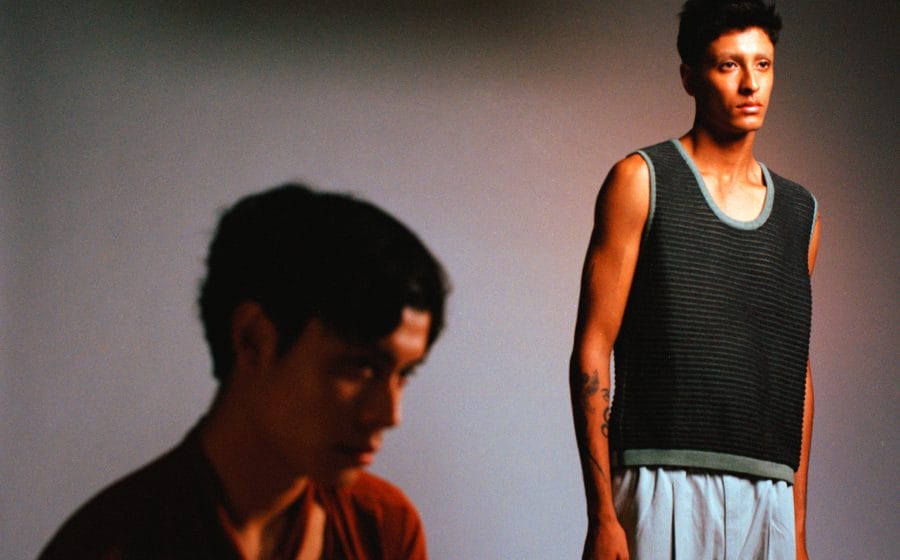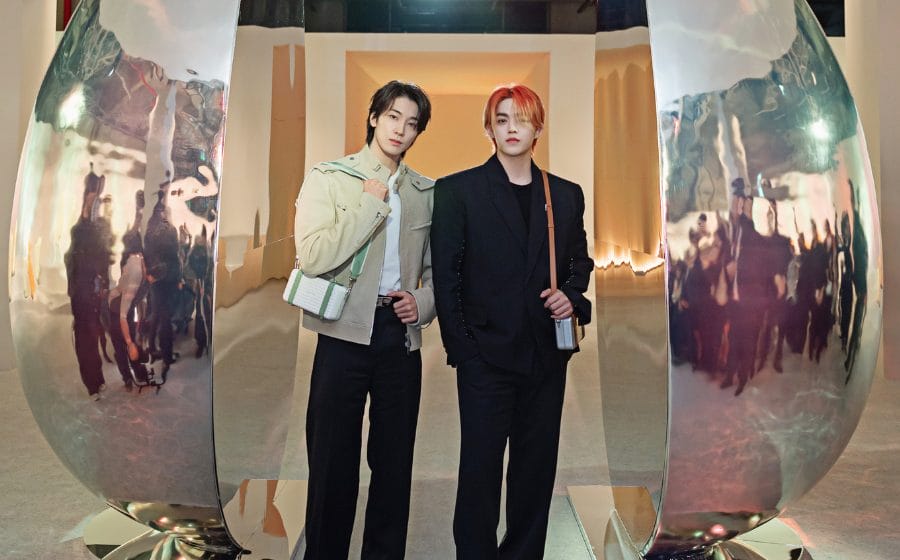
Everything that can be invented has been invented” was reportedly the bold statement by Charles H Duell, ommissioner of the US patent office, in 1889. The quote still rings true today when we are constantly fed information about inventions that we never knew we needed.
This is especially true when it comes to menswear because the reality is men tend to be conservative dressers (hence, no men’s haute couture fashion week) and wearing a kilt or skirt is no longer considered “groundbreaking” in the present gender-fluid environment. While fashion insiders have their favourite fashion era, how many more retro throwbacks does the world need to endure? Streetwear has also evolved from being a “normcore” trend to just being the norm.
—
Enter the “Frankenstein” trend (also known as the 50/50 trend), which provides an amalgamation of menswear’s best hits in one garment to “excite” the audience. Torn between getting a notch lapel or shawl lapel for the suit jacket? Fendi provides that option in its Fall/ Winter ‘19 collection. In Fall/Winter ‘18, the “half-and-half” concept was propelled to the forefront when Prada released a series of said shirts sporting its popular archive prints. That same season also saw Balenciaga introduce the “T-shirt Shirt” – a T-shirt hemmed around half the collar to a button shirt – so consumers can wear either garment type and have the other dangling at the neck.
However, the pastiche style already existed years before but was not as visibly salient. Fashion deconstruction pioneers Martin Margiela, Rei Kawakubo of Comme des Garçons, and Dries Van Noten have all explored the “Frankenstein” effect in their creations. Margiela is known for cutting up basic pieces like T-shirts and jeans to sew them up in mismatching alignments; Kawakubo favoured ripping apart the iconic menswear staple – the suit – and piecing them back with various non-traditional menswear elements every season; and Van Noten’s signature prints are derived from the cut-and-sew method. Lauded as avant-garde, their designs were deemed to be reserved for a discerning crowd who understood such visions.
—
Fast forward to today, the deconstruction method is given a millennial relevance – the “Frankenstein” trend – to find new fans. The exceptionally visual abstraction is easy on the eyes, easy to wear, and easy to pull off, checking all the boxes for “street style”.
While the “Frankenstein” trend is feeding the #OOTD frenzy, there is a need to point out how derivative the current style is. There is no major silhouette shake-up; the end products are still T-shirts or shirts, unlike Yohji Yamamoto or Rick Owens masterpieces.
It should be acknowledged the “Frankenstein” trend brings vibrancy to the otherwise staid menswear sphere, but this writer would not go as far as to say that it is revolutionary. It might be advancing the conversation, whereby men are more open to trying more “adventurous” clothes, but they are still fixated with the abovementioned idea of “avant-garde outfits for discerning crowds”.
The situation is further exacerbated by “Yohji- only” and “Owens-only” tribes who take on the designers’ show aesthetics wholesale without assimilation into the everyday wardrobe, for fear of “bastardising” the DNA.
—
Essentially, trends are meant to serve as references for practical relevance and to excite a restless audience. It might or might not be a solution to menswear’s dry spell. Many people are quick to dismiss menswear as unexciting, but these people are probably the same people who do full runway looks from head to toe.
The beauty in menswear is in its subtlety across product categories and the magic each designer brings to the table. Therefore, building a wardrobe of pieces from various designers and mixing the practical with the avant-garde is the true manifestation of the “Frankenstein” effect.








